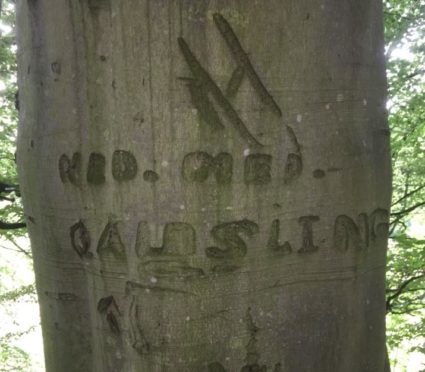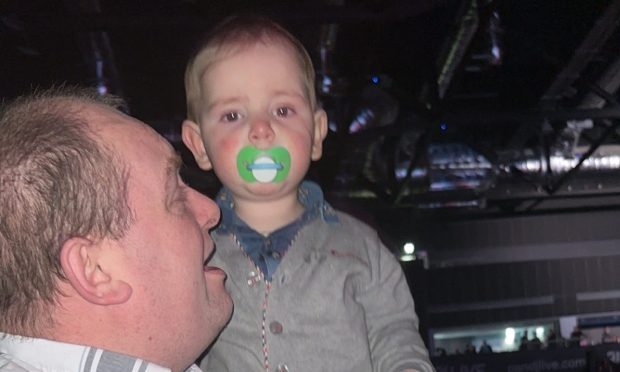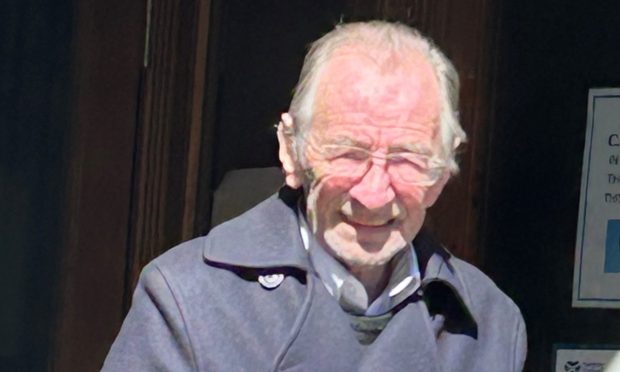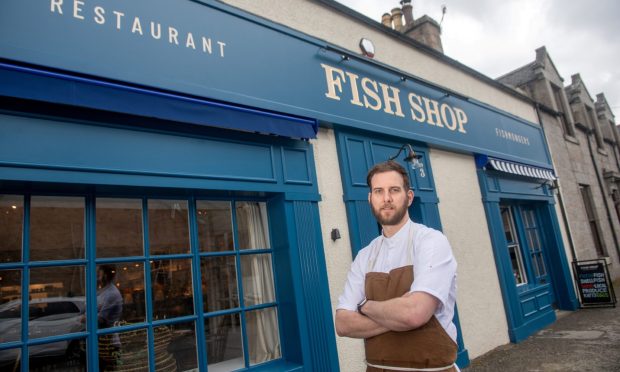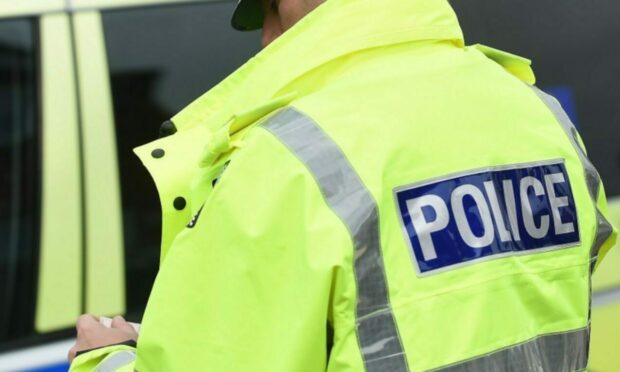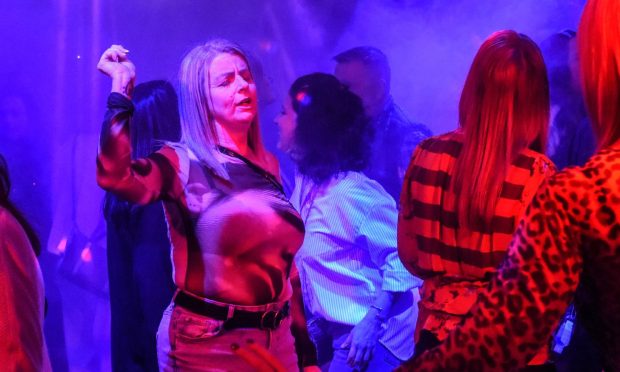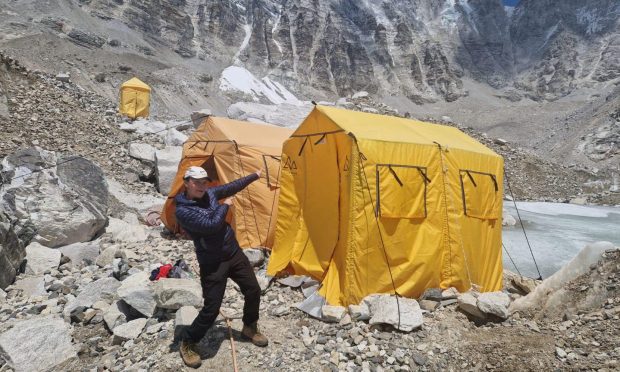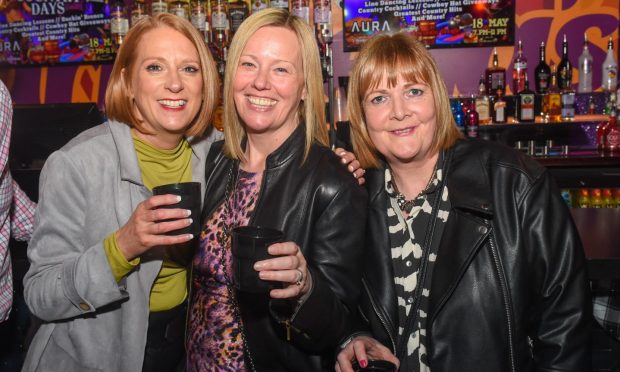Etchings discovered on a tree in the north-east of Scotland are believed to have been written during the Second World War.
The Norwegian graffiti was found on a tree in Carl Petersen’s garden in Banff – but its message is the opposite of a love heart carved into the bark.
Instead, the inscription translates from Norwegian into “Down with Quisling”.
Vidkun Quisling was a Norwegian military officer and politician who led the Norwegian Government when the country was occupied by Nazis during the conflict.
It is thought a Norwegian airman or soldier based in the north-east may have carved the words while staying in the area at the time.
Military personnel from the Scandinavian country were known to have been housed at Duff House and in the surrounding area.
Mr Petersen thinks his house may have been one of the locations in which they resided and he took to social media to find out more.
One man commented: “333 (Norwegian) Squadron RAF flew Mosquitos from Boyndie in 1944 to 1945.
“They were invaluable in guiding the Banff Strike Wing against German shipping using their knowledge of the Norwegian coastline.”
Friends of Duff House member Ian Williams said: “The Norwegian Brigade were stationed at Duff House from October 1941 to April 1942; it is also known that some were billeted in St Mary’s Church Hall.
“The brigade was made up of men who had escaped Norway after the Nazi invasion in 1940.
“They were training to return to Norway as saboteurs, as well as helping the main Allied offensive.
“They did beach patrols and various training exercises around Banff and the area.
“Behind paneling on the third floor in Duff House they left behind a mark of their stay – a large Norwegian flag painted on the wall; this can be viewed by visitors to the House if they ask.”
